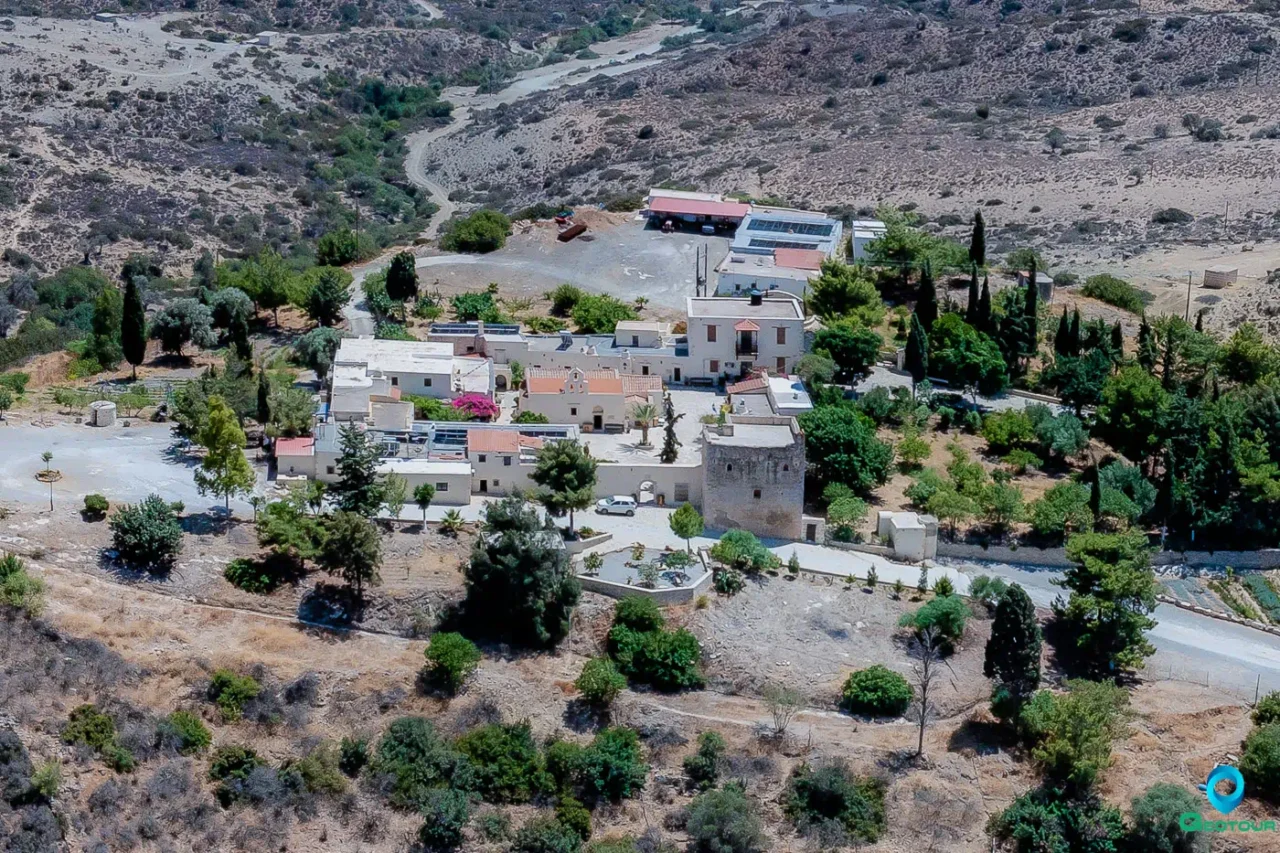
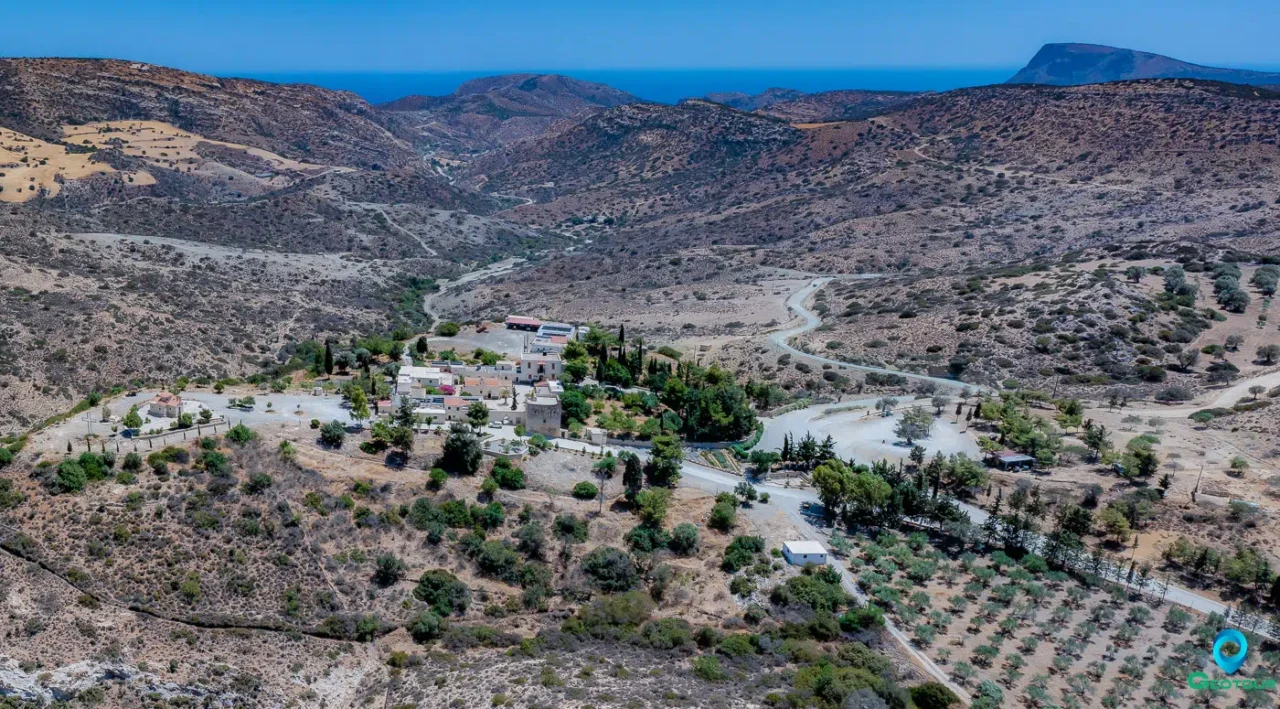
Moni Odigitrias is a Greek Orthodox monastery located in the Asterousia Mountains in the south of Heraklion regional unit, Crete. The monastery is dedicated to the Virgin Mary “Odigitria” (“She who shows the way”). It is considered one of the oldest monasteries in Crete, with its origins dating back to the 14th century. The monastery has a rich history, having played an important role in the Cretan resistance against the Ottoman Empire. Today, Moni Odigitrias is a working monastery and a popular destination for pilgrims and tourists alike.
History
Early History
The exact date of the monastery’s founding is unknown, but it is believed to have been established in the 14th century. The earliest documented reference to the monastery dates back to 1393 in a document from the Ducal Archive of Chandax (Heraklion). According to tradition, the monastery was founded by a wealthy widow named Martha who dedicated her life and fortune to restoring a ruined monastery at the site after the death of her daughter. The monastery was named “Odigitria” after the icon of the Virgin Mary “Odigitria” (“She who shows the way”), which was believed to have been brought to the monastery by Martha.
Venetian Period
During the Venetian period (1204-1669), the monastery flourished, becoming one of the largest and wealthiest in Crete. It was a center of learning and art, with a renowned library and scriptorium. The monastery’s church (katholikon) was decorated with frescoes by renowned Cretan painters, including Angelos Akotantos, who also painted the church’s iconostasis.
Ottoman Period
After the Ottoman conquest of Crete in 1669, the monastery continued to play an important role in the Cretan resistance. It served as a refuge for rebels and a center of support for the Cretan struggle for independence. One of the most famous figures associated with the monastery during this period was the legendary “Xopapas” (Father Ioasaph), a monk who became a renowned rebel leader. Xopapas and other monks from Odigitrias fought bravely against the Ottomans, and the monastery itself was attacked and damaged several times.
Modern Period
The monastery continued to operate throughout the Ottoman period and into the modern era. In 1884, it was declared a Stavropegic Monastery by the Ecumenical Patriarchate of Constantinople, granting it special status and autonomy. The monastery was again involved in the Cretan resistance during the German occupation in World War II, providing shelter and support to partisans.
Today, Moni Odigitrias is a working monastery with a small community of monks. It has undergone extensive restoration in recent decades and is open to visitors.
Architecture and Art
Architecture
The monastery is built in a fortified style, with high walls and a defensive tower. The main entrance is located on the north side, and there are also smaller entrances on the east and west sides. The central courtyard is dominated by the katholikon (main church), which is a two-aisled basilica dedicated to the Dormition of the Virgin Mary and the Apostles Peter and Paul. The monastery also includes a number of other buildings, including a refectory, cells for the monks, and a museum.
Art
The monastery is home to a number of important works of art, including:
- Frescoes: The katholikon is decorated with frescoes dating from the 14th and 15th centuries. These frescoes include scenes from the life of Christ and the Virgin Mary, as well as depictions of saints and other religious figures.
- Iconostasis: The iconostasis (icon screen) of the katholikon is a masterpiece of Cretan iconography, painted by Angelos Akotantos in the 15th century.
- Icons: The monastery possesses a collection of valuable icons, including several by Angelos Akotantos.
- Manuscripts: The monastery’s library once housed a large collection of manuscripts, but many of these were lost or destroyed during the Ottoman period. Some manuscripts remain, and they are now kept in the monastery’s archives.
Museum
The monastery has a small museum that displays artifacts related to its history and religious life. The museum is located in the former olive press and bakery, which have been restored. Exhibits include:
-
- Traditional loom: Used for weaving textiles.
- Stone oven: Used for baking bread.
- Olive press: Used for producing olive oil.
- Agricultural tools: Used in the monastery’s fields and gardens.
Key Features
- Construction Period: 14th century (earliest documented reference in 1393)
- Location: Asterousia Mountains, south of Heraklion regional unit, Crete, Greece
- Historical Significance:
- One of the oldest monasteries in Crete
- Center of learning and art during the Venetian period
- Important role in the Cretan resistance against the Ottomans
- Home to the legendary rebel leader Xopapas
- Current Status: Working monastery, open to visitors

















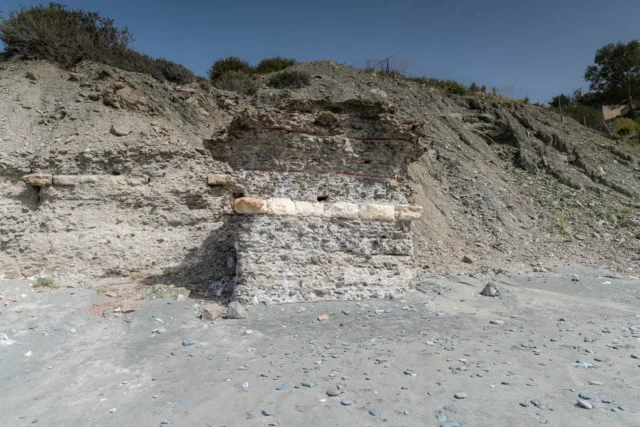
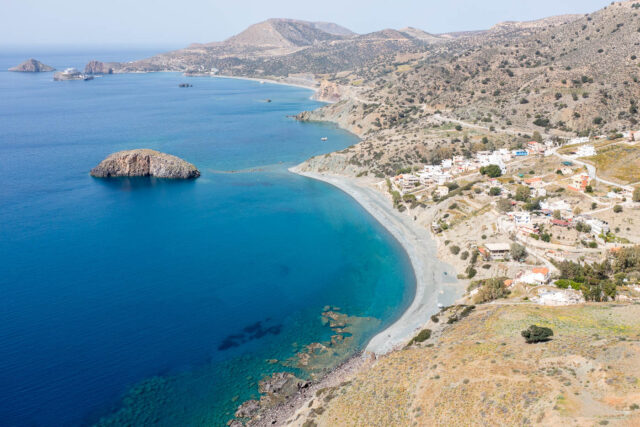


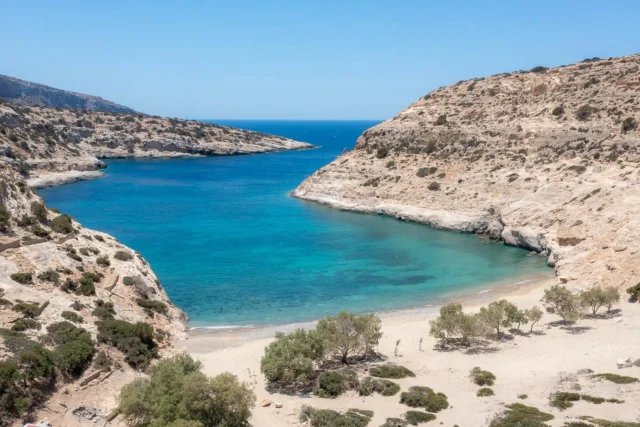

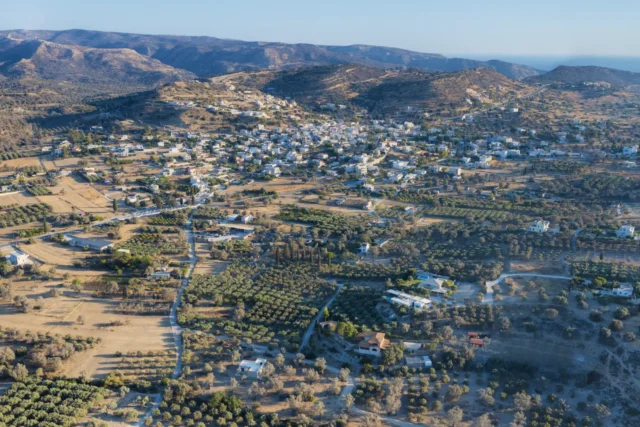

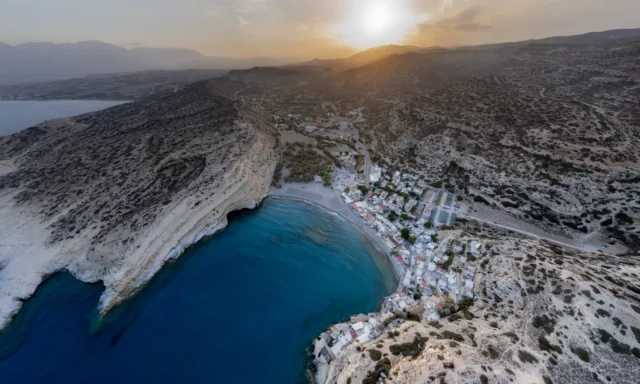
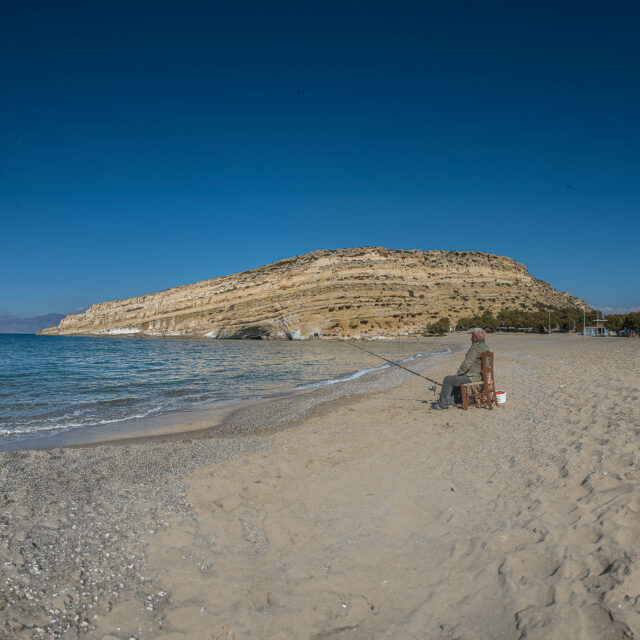
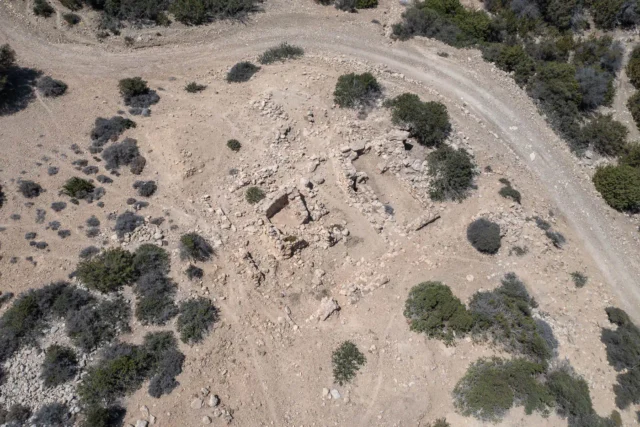
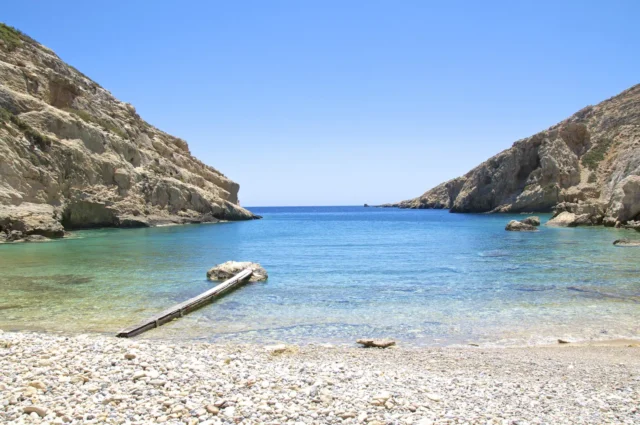
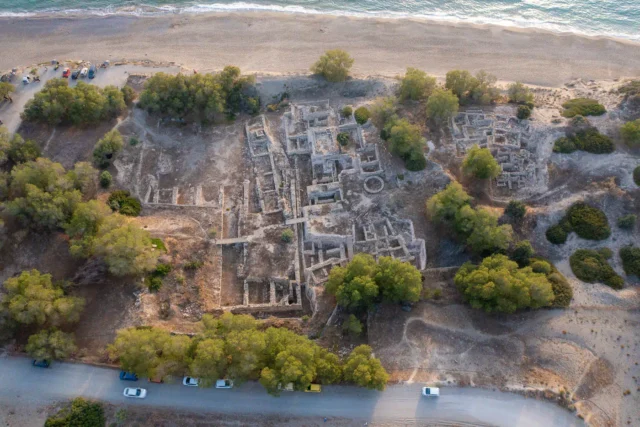
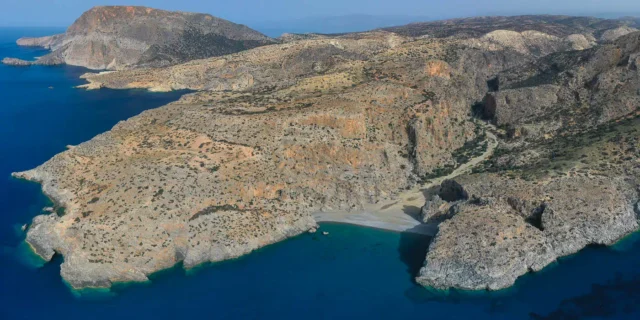
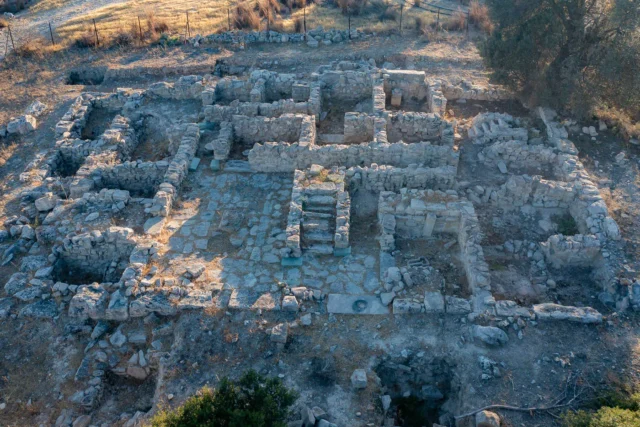

There are no comments yet.